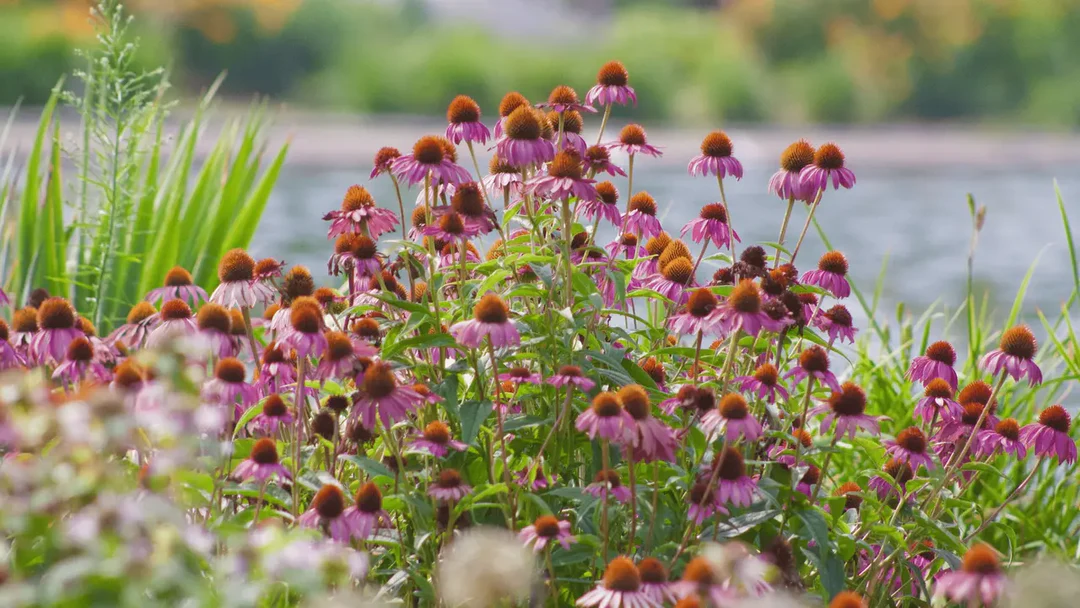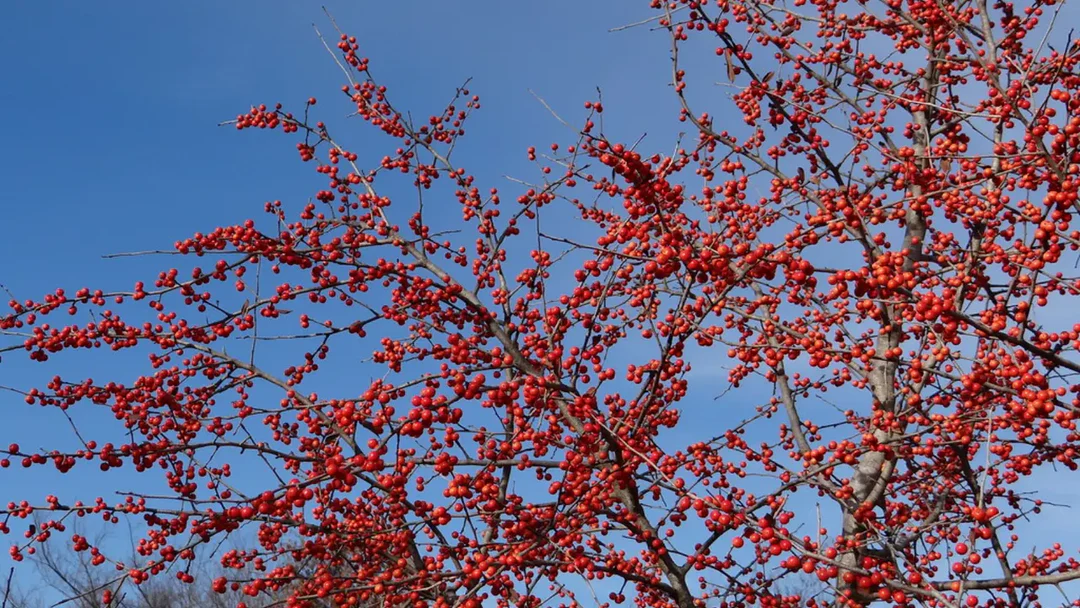How to Incorporate Turks Cap into Your Native Landscape

Turks Cap, known for its vibrant red blooms and attractive foliage, is ideal for gardeners looking to enhance their native landscapes. This hardy plant adds aesthetic value and benefits local wildlife. In this blog, we will explore how to seamlessly integrate Turks Cap into your garden, ensuring it thrives and complements the natural beauty of your landscape.
Understanding Turks Cap: A Native Gem
Turks Cap, or Malvaviscus arboreus, is a perennial shrub native to the southern United States and Central America. Its name derives from the resemblance of its blooms to the Turkish fez hat. This versatile plant is known for its resilience in various soil types and ability to thrive in both sun and shade, making it an excellent choice for native landscaping.
The unique charm of Turks Cap lies not only in its aesthetic appeal but also in its robustness. Its brightly colored flowers, usually in shades of red or pink, resemble a wrapped turban, giving it the iconic appearance it is known for. These flowers never fully open, which adds to the allure of this plant. According to the edible landscaping guide, its fruit and flowers are attractive and edible, making it a perfect addition to gardens focusing on both beauty and sustainability.
Furthermore, Turk’s Cap is highly adaptable to different growing conditions. It generally thrives in USDA zones 7 and above. Its ability to flourish in partial shade makes it popular in areas where sunlight can be inconsistent. Ideal growth conditions include well-drained soil, known for being unphased by the tough clay soils in places like North Texas. This adaptability makes Turk’s Cap a true asset in native gardening.
Selecting the Right Location for Planting
When incorporating Turks Cap into your landscape, choosing a location miming its natural habitat is crucial. These plants prefer areas with partial shade but can also handle full sun in cooler climates. Ensure the location has well-draining soil to prevent waterlogging, which could affect the plant’s health.
Turk’s Cap’s tolerance of different soil types allows for versatility in landscaping designs. Whether your garden has sandy loam or heavier clay soil, this plant can adapt so long as the soil is not excessively wet. If you plan to plant it in a garden bed prone to water retention, consider improving the drainage with organic matter like compost. This approach benefits the Turk’s Cap and can enhance the health of your garden soil.
Caring for Your Turks Cap
Turks Cap requires minimal maintenance, making it a favorite among busy gardeners. Regular watering is essential during its initial growth period, but the plant is drought-tolerant once established. Pruning can be done to maintain the desired shape and encourage bushier growth. Applying mulch around the base can help retain soil moisture and suppress weeds.
Pruning is pivotal in ensuring your Turk’s Cap remains healthy and attractive. The Turk’s Cap guide recommends trimming the plant back in late autumn after it goes dormant. This helps the plant conserve energy over the winter and encourages a denser growth pattern in the coming spring. Consequently, your garden will benefit from the lush foliage and abundant flowers. Regular pruning also prevents the plant from becoming too leggy, especially if it’s kept in areas that receive full sun exposure, as the Turk’s Cap guide.
miming
Supporting Local Wildlife with Turks Cap
One significant benefit of cultivating Turks Cap is its appeal to local wildlife. The vibrant flowers attract hummingbirds and butterflies, while the plant can shelter small animals. Thus, cultivating Turks Cap enhances your garden’s beauty, supports biodiversity, and creates a welcoming environment for various species.
Turks Cap is renowned for its role in attracting pollinators. Its bright red blooms are particularly irresistible to hummingbirds, key players in pollination within native landscapes. The tubular shape of the flowers makes them an ideal food source for hummingbirds and large butterflies such as the Zebra Swallowtail. This, along with its nectar-rich content, can make your garden a hub for vibrant wildlife activity, enriching your garden’s diversity and ecological balance.
Additionally, some birds find the small red fruits quite appealing compared to Mexican apples. Therefore, the presence of Turk’s Cap can create a complete ecosystem in your garden, offering food, shelter, and breeding grounds for various local wildlife. This fosters an environment of sustainability and helps maintain the delicate balance between native plant species and wildlife.
Bringing the Beauty and Benefits of Turks Cap to Your Garden
Incorporating Turks Cap into your native landscape can transform your garden into a vibrant, wildlife-friendly haven. You can enjoy a visually stunning and sustainable home garden by choosing the right planting location, providing proper care, and appreciating its ecological benefits. Embrace the elegance of Turks Cap and let your landscape flourish naturally.













Leave a comment